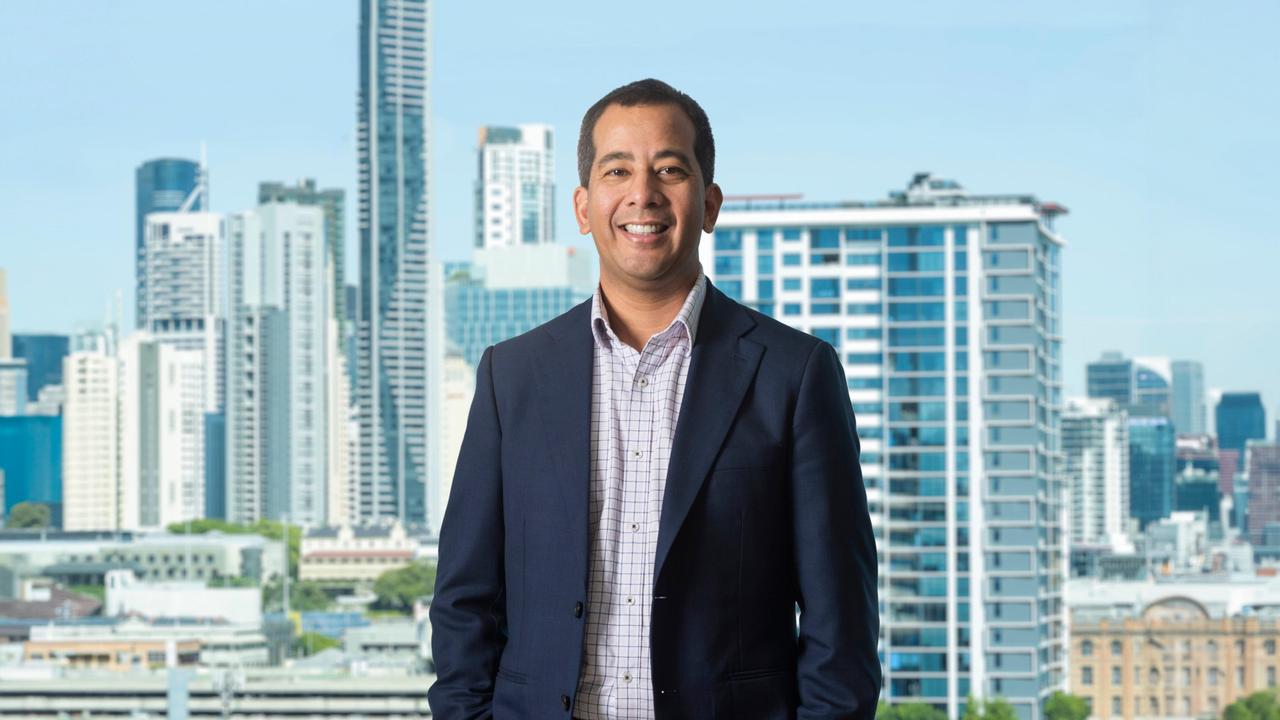In an AI world, higher education faces innovate-or-perish challenge
Technology is challenging education institutions by changing the landscape in which they operate and its effective use will be the foundation of any successful plan.

Australia’s higher education sector is facing a perfect storm.
Challenging national priorities in an election year, shifts in the global geopolitical tectonic plates and an inflection point in technology have all come together.
In Australia, the impact of government policy capping overseas student numbers and the end of the post-Covid surge has attracted most attention.
Given how central overseas students have become to the business models of universities over recent years, it is understandable that this debate has received so much attention.
While the university crisis has been unfolding, technological change – particularly the increasing focus on artificial intelligence (AI) – has inspired hours of commentary and analysis about the future of work.
The higher education sector urgently needs to come to grips with how these developments are fundamentally challenging how it perceives itself.
The pace of change has been so dramatic it is not surprising the sector is scrambling.
The jobs market in the technology industry serves to make the point about the breadth and pace of change, and how it may flow into the education sector.
In 2021, the Tech Council of Australia (TCA) set a target of a million tech jobs in Australia by 2025, but warned of an acute labour shortage that would require the government to work with industry to help reskill 60,000 people into tech industries. They also concluded many overseas workers would need to be attracted.
By October last year, the Australian Computer Society was reporting shortages in ICT-related occupations had either disappeared or were easing, based on the latest annual reporting by Jobs and Skills Australia.
While that is great news, there is more to it.
Report after report in the past year has identified a profound – and very rapid – shift in ICT jobs, with software engineering and development job opportunities declining and AI-related jobs booming.
It is perhaps no coincidence that AI is increasingly being incorporated into software development to automate large parts of the work.
These tech jobs are the canary in the coalmine of what is expected to be one of the most dramatic periods of disruption in employment in recent history. The World Economic Forum estimated in 2023 that AI will change 23 per cent of jobs by 2027, creating 83 million new roles while eliminating 69 million existing ones.
The higher education sector has to be at the forefront of shepherding Australians through this change.
At a time when they are trying to navigate tough financial times – tough enough even to threaten the ongoing viability of some universities – are they equipped to change their courses, their teaching staff and even their physical facilities as quickly as the jobs market is changing?
Stuart Hildyard, the chief information officer at Victoria University, foresees a future where people subscribe Netflix-style to higher education institutions and move in and out of education throughout their lives as work and the workplace change.
Whether it is this vision or something else, it is clear the university model is on the cusp of dramatic change. The challenge for educational institutions is making sure they have in place the systems they need to support whatever is the future mode of operation and education delivery.
Universities will be exposed if they have not prioritised investment in technology and are stuck with information management systems cobbled together over decades.
The cost of maintaining legacy systems will become a burden none can afford. Not only the financial cost, but the opportunity cost.
Education institutions need integrated, reliable data if they are going to be able to track the progress of students, adjust quickly to changing requirements in jobs markets, and to what will be a rapidly changing student profile as people find they need to update or even completely reinvent their skill sets.
Just as technology is challenging education institutions by changing the landscape in which they operate and the communities they serve, its judicious and effective use will be the foundation of any successful plan to adapt.
Ed Chung is CEO of TechnologyOne.
This content was produced in partnership with TechnologyOne. Read our policy on commercial content here.



To join the conversation, please log in. Don't have an account? Register
Join the conversation, you are commenting as Logout